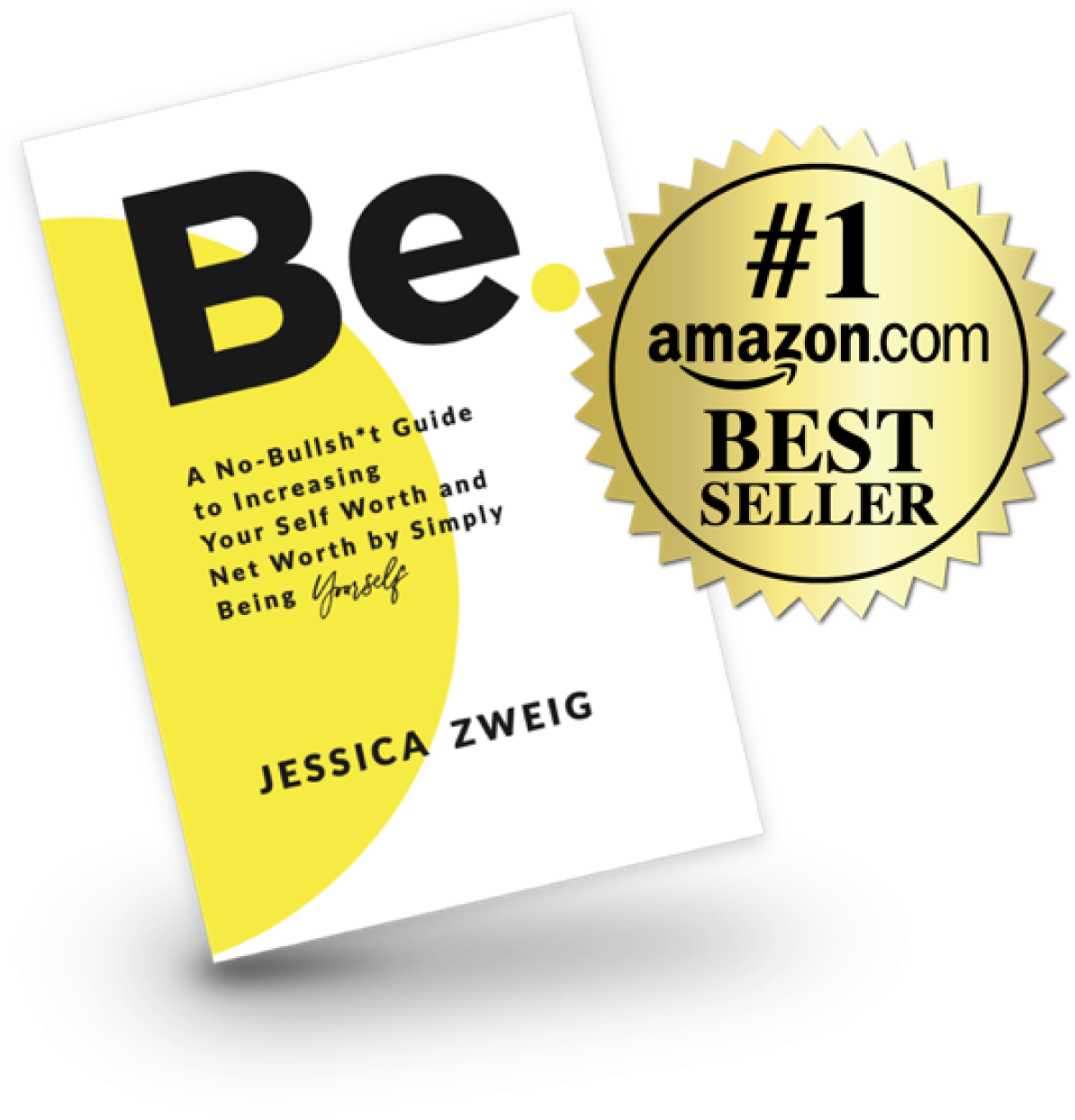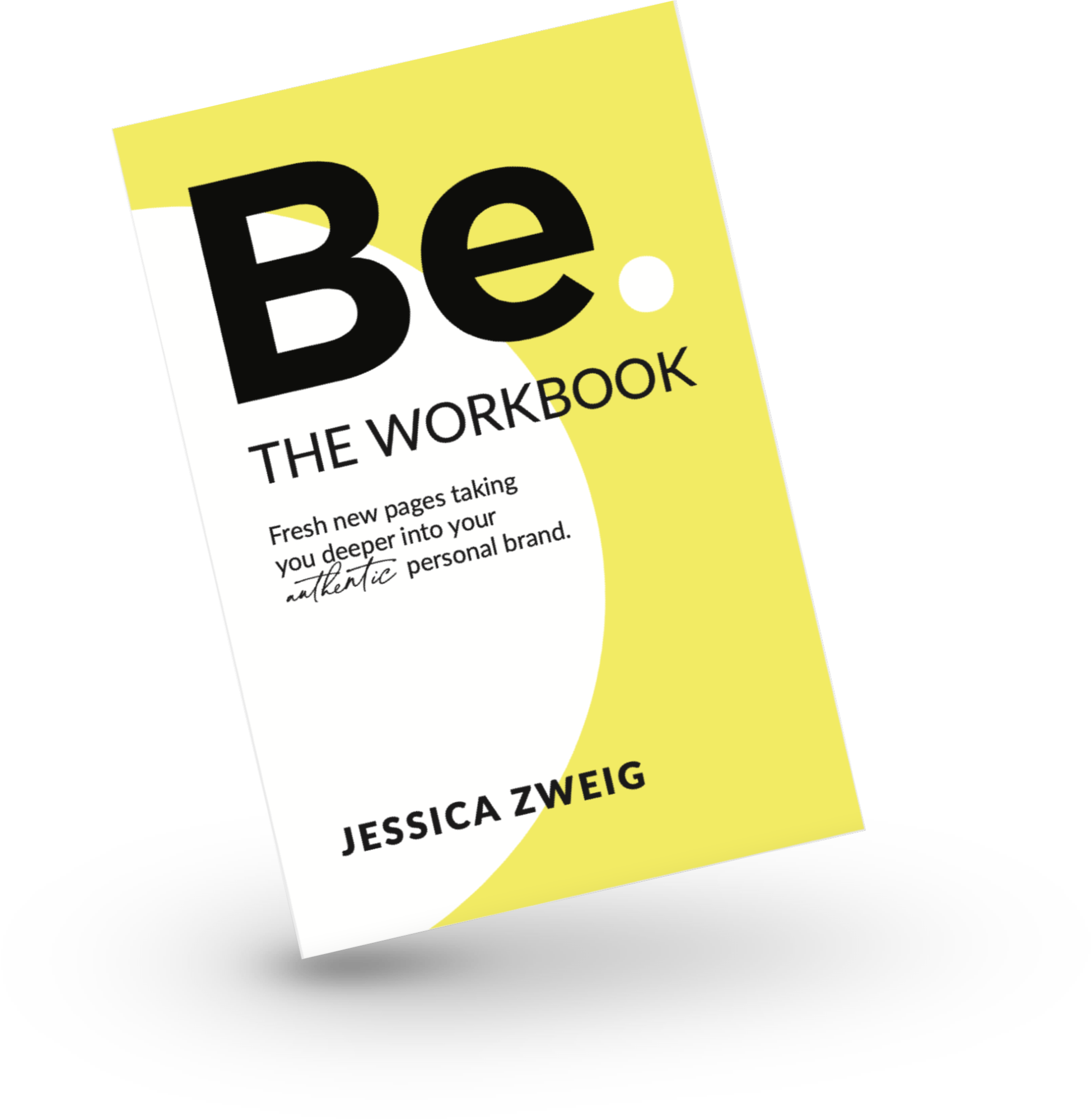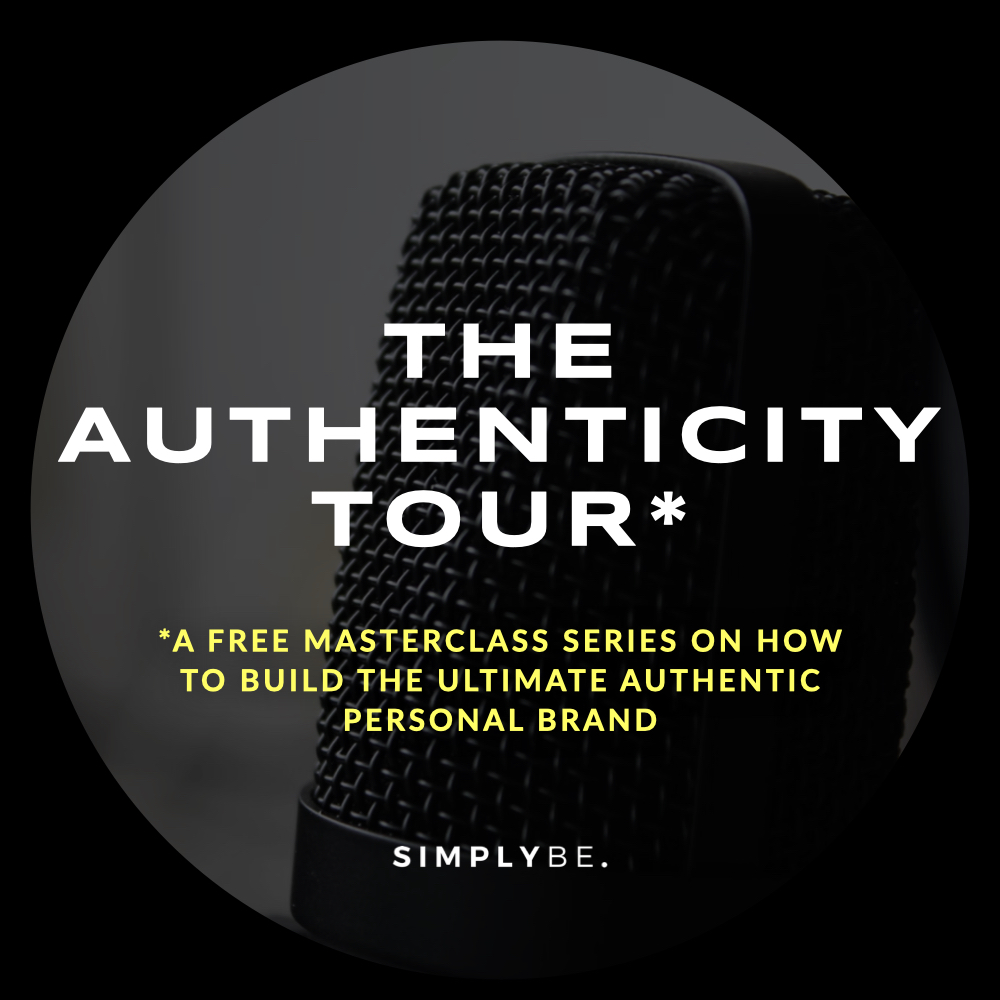‘PR’ isn’t just ‘PR’ anymore.
That’s why we can’t just call it ‘PR’. It’s so much more than that.
Instead, we call it ‘External Outreach’, and it’s a cornerstone of the work we do with our Thought Leadership Program clients every single day.
But how do you put external outreach into action?
What can you do, right now, to be your own publicist and take control of your narrative and platform?
Let’s strip it back.
At a very high level, external outreach is content that builds your brand awareness with new audiences outside of your existing channels.
Things like:
- Networking events
- Speaking opportunities
- Conferences (both speaking and attending)
- Award submissions
- Podcast interviews
- Instagram or LinkedIn Lives
- Fireside chats
- Media publications
- …and so much more.
There is no limit to the number of digital or in-person touchpoints you can incorporate into your external outreach PR strategies. Getting in front of new audiences, who don’t know who you are yet, but have qualities that distinguish them as your people (your target audience, client, partner, etc.), is always worth your time. Don’t be ‘too big’ for anything. Maximize every single opportunity that makes you stronger, makes your brand stronger, and creates a really positive reputation at the end of the day.
It’s about quality not quantity.
Let’s do some ROI math.
The setup: a women’s healthcare entrepreneur is using PR strategies to expand their reach and gain new clients. They have a solid social media presence and have been featured in a few low-level trade publications, but nothing that’s made a huge dent in their followers or leads.
Option A: the entrepreneur goes after a digital publication that touts 20K followers, trying to get featured to expand their own followership. The publication isn’t about healthcare and only has about 20% female followers, but they have a connection with the editor and it will only take a couple of hours to complete the piece.
Option B: the entrepreneur goes to an industry networking conference. It’s catered to local female healthcare workers, and is expected to draw 150 attendees. The commitment is a full day.
What would you do?
A lot of people might go with Option A. That follower number is incredibly sexy, and knowing the editor makes it feel like an easy win that’s worth the entrepreneur’s time. But the audience is not matched up to the kind of audience this entrepreneur needs.
But say they go ahead with the digital publication. They spend 2 hours of their time preparing for and completing the interview. The piece gets posted and both the entrepreneur and publication promote it on their channels. It gets 3K hits and the entrepreneur’s followership goes up—but only by 900. That result is not nothing, but only 1 client results from that effort. PR strategies like this might get new followers, but the ultimate goal of new clients is lacking.
In Option B, the entire day timeframe may make people pause. Time is money, after all. But 100% of the target audience for that event matches the target audience of the entrepreneur. One-on-one interactions do take more time, but they are much stickier in the minds of those involved, creating longer lasting relationships in the process.
Say they attend the conference and are able to not only listen to some amazing industry experts speak who give them ideas for ways to expand their own business, but they are also able to interact and network with 50 people (including some of those speakers). Of those 50 people, 45 end up as followers, 10 become clients, and an additional 5 refer others who end up as clients.
The ROI in Option B far outweighs that of Option A.
The difference? Quality. It’s external outreach in action.
Reaching the right people, even if there aren’t hundreds or thousands of them, pays back for years to come. These people will be your followers, your clients, your partners, your friends, your references, your champions. They will be the ones engaged with your content, cheering you on, over and over again.
Reaching a large number of the wrong people is a recipe for bad engagement numbers, bad ROI, bad profits, and bad business.
3 PR Strategies to get you started.
1. Get clear on your goals.
Ask yourself…
-
- What are your ultimate goals for your PR strategies? What do you want PR to do for you?
- What is your dream media or speaking placement?
- What are the publications your target audience is reading daily? Weekly?
- What podcasts are your target audience listening to regularly?
- What are your signature topics that you can translate into talks or speaking engagements?
- When you see your name in a publication, what do you imagine the story to be about?
When answering these questions, always consider the demographics of who you’re trying to reach.
Think about things like age, income level, cultural interests. Think about where it’s best to reach them. Are they watching television? Are they listening to podcasts? How much time do they have? Think about the type of thing you’re promoting. Are you selling a product or a movement? Do people need time and space to know who you are and trust in you before they purchase?
Once you identify the audiences you’re trying to reach, you then must find and tap into the people and places that already have those audiences.
Using external outreach PR strategies, it’s important to meet your audiences where they are. Speak to what matters to them, inspire them to follow you, and if you have a strong personal brand ecosystem, they’ll find everything they need to stick around.
2. Look in your own backyard.
Don’t underestimate niche and local media when building your PR strategies. You have to start somewhere (and opportunities beget further opportunities). You know the local landscape in your industry, so you already know a handful of places you can turn to for your first hits—you’ve already done the research. Who are you listening to? What are you reading? What are some of the events that you’re attending? You’re likely already crossing paths with key players who can help you get started.
Once you get a hit, make sure you’re maximizing every one organically. Use your channels to connect, share, and tag, and do it more than once. Ask your friends and colleagues to reshare, comment, and like. This expands the reach of each hit, getting more and more eyeballs on your content and introducing more people to your brand.
3. Think like a publicist.
Publicists, at the end of the day, are storytellers.
To be your own publicist, consider: what’s the story around what you’re trying to sell? Which audiences will respond to your story? Who will respond to your unique voice?
PR strategies should always start and end with the audience—what they want or need, what they’re thinking and feeling, what keeps them up at night.
Watch the news. Stay in touch with the current media landscape. Ask yourself: how has the target audience been affected by what’s going on? What are they thinking about, worrying about?
Take these steps, and you’re well on your way to pitching like a pro.
Build Your Executive PR Strategy for 2023.
Using external outreach PR strategies, anyone can tap into their target audiences. But pitching and getting placements is just part of the game. You need a solid personal brand ecosystem in place to nurture, engage and ultimately convert your new audiences.
Discover how having a thought-leading platform gives you a leg-up on your competition in 2023.








